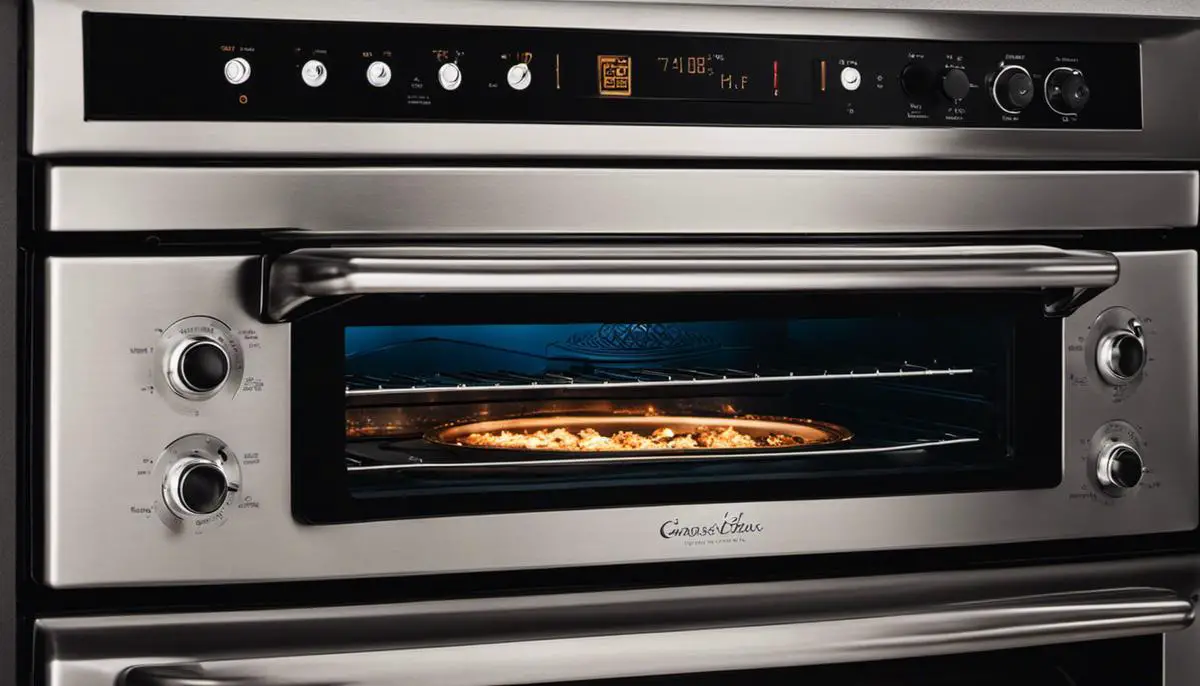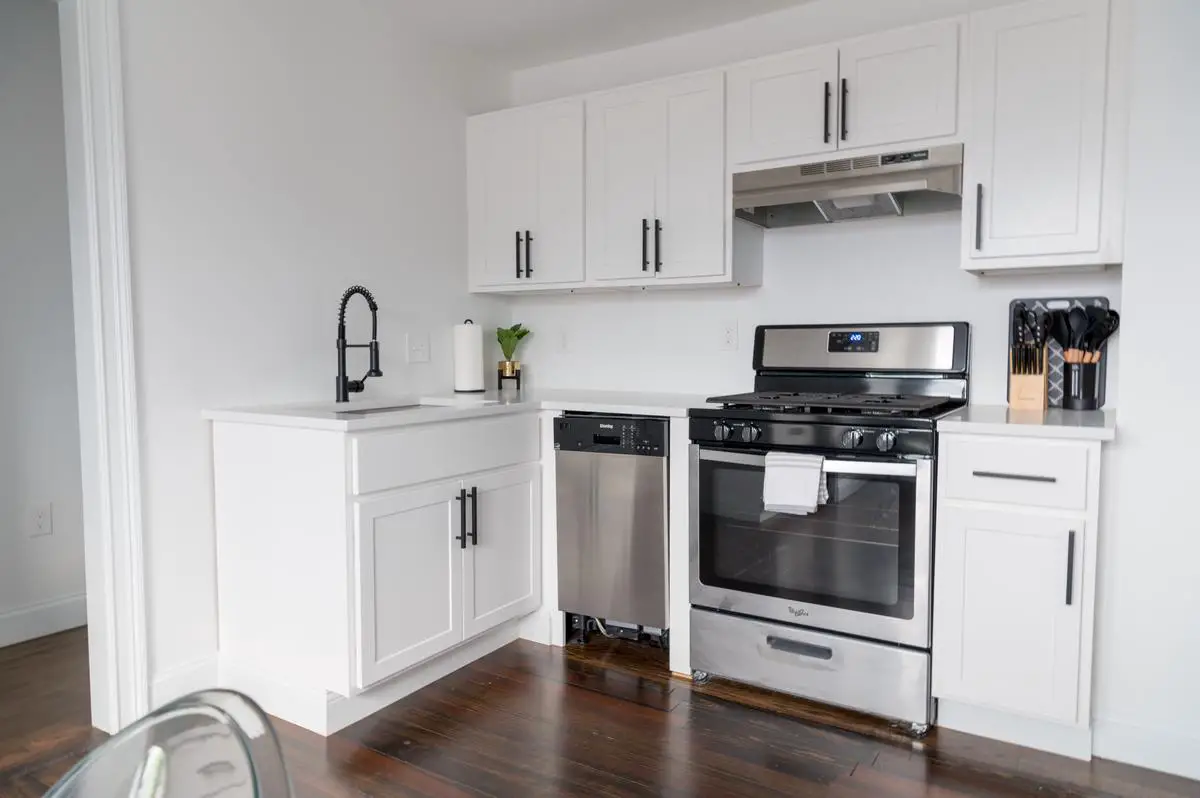Unlocking the mystery of ovens, their functionality, and the reasons behind their occasional failure to heat is a captivating yet practical quest. This dynamic kitchen device, laden with numerous integral parts and systems, is the cornerstone for many memorable meals and pastries.
However, the occasional malfunction can put a hurdle in your cooking endeavors. By delving into the intricate mechanics and components of an oven, illuminating the common causes behind an oven’s insufficient heating, and presenting some hands-on troubleshooting strategies, this learning journey aims to empower enthusiasts and hobbyists alike with a seemingly professional grasp on the operation and maintenance of ovens.
Understanding the Functioning of an Oven
“Fired Up About the Magic of Ovens – Unpacking the Basics”
Heating up a delicious pizza, baking sweet loaves, or broiling a juicy steak. Ah – the humble, yet mighty oven. A culinary stalwart indeed, but how does the oven tick? Look no further, it’s time to uncover the operating principle of an oven!
An oven, in its essence, is an insulated chamber designed to heat foods or materials at high temperatures. The oven’s operating principle can be broken down into three components for ease of comprehension: heat generation, heat distribution, and temperature control. Combined, these mechanisms result in mouth-watering culinary miracles.
Heat generation is the first cog in this fascinating kitchen machine. Ovens can generate heat either via an electric element or a gas burner, located towards the bottom. Electric ovens use a resistive heating element that heats up when electricity is passed through it. It then starts radiating heat to cook delicious pizza or melt cheese on a dish. In contrast, a gas oven uses a burner that is ignited with a spark once the oven is switched on. The burning gas releases heat used for baking or roasting.
The second stage of the oven’s operation is heat distribution. The heat generated by the burner or the heating element rises up as hot air is less dense than cold air. The hotter air circulates throughout the oven’s cavity, thereby creating a consistently heated space that cooks food evenly. This process is known as convection, facilitated either naturally by the hot air’s tendency to rise or mechanically by fans in convection ovens.
Lastly, we have temperature control. Wonder how an oven knows when to stop or start heating once a set temperature is achieved? The oven taps into the prowess of a neat little gadget named a thermostat.
This gadget measures the temperature inside the oven. If the temperature falls below the set point, the thermostat turns on the burner or heating element and vice versa. These accurate temperature sensors assure you always get a golden crust on your pizza, or a perfectly pink sous vide cooked steak.
Finally, you must remember, each part of the oven performs a stellar function that contributes to the overall cooking process. Understanding its basic working principles not only elevates appreciation for this indispensable kitchen device, it also aids in troubleshooting minor issues or in making better use of different oven settings for various culinary needs.
So next time, as you’re awaiting a fresh batch of cookies or, maybe, that Thanksgiving turkey, remember the intricate ballet that the oven performs to deliver your culinary masterpiece. What seems like a simple box of heat is indeed an impressively engineered piece of equipment!

Common Causes of Oven Heating Problems
Wondering why an oven refuses to heat up? Here are some common culprits that might be throwing your oven off its game.
First up: the ignitor. In gas ovens, a failing or worn-out ignitor is a likely candidate for causing those underbaked cookies. The ignitor is a small electrical device responsible for sparking the gas burner that heats your oven.
Over time, the ignitor can become weak and fail to draw sufficient electricity to open the oven’s gas valve. A simple way to check if your oven’s ignitor is functioning? Look for a bright, steady glow. Dim or intermittent lighting may signal an issue that needs a professional’s expertise.
Next on our troubleshooting list: the heating elements. For electric ovens, the bake element at the bottom and the broil element at the top are essential players in the heat game. If they’re damaged or burned out, the oven doesn’t stand a chance of heating up.
Inspect your heating elements for any visible signs of damage: blisters, cracks or areas that have been burned out. Do they appear normal? Try setting your oven to bake or broil mode to see if the elements glow red. No glow? Time to call in the experts.
Often overlooked yet crucial, the oven control board ensures all parts of your oven talk to each other. It sends voltage to the bake and broil circuits as required.
However, if this control board malfunctions, it could cut off voltage to the heating elements. While it’s difficult to diagnose an oven control board problem at home, an experienced technician will be able to ascertain if this is your oven’s bugbear.
A fuse that’s blown can also be stopping your oven from heating. Modern ovens come equipped with a thermal fuse as a safety feature.
This fuse is designed to blow if the oven overheats, thereby cutting power to the heating elements. In such cases, replacing the thermal fuse can often have your oven up and running again.
Last, but certainly not least, the oven’s thermostat. A little misinterpretation can create chaos, right? That’s exactly what a malfunctioning oven thermostat does – miscommunicating the oven’s temperature to the control board.
This can lead to the temperature control kicking in way too early or not at all. Look out for wildly fluctuating temperatures or an oven that fails to hold a consistent temperature. If this is the case, the thermostat may be defective.
Intrigued by the variety, complexity, and humility of the ovens we use daily without a second thought? Understanding their inner workings bodes well for keen cooks and potential repair people alike.
Familiarity with common issues and their symptoms brings a newfound respect for these humble yet essential kitchen appliances. So, the next time your oven seems a little lackluster, put on your Sherlock hat and investigate.
Who knows, you might just get your heating, baking, broiling partner back in peak form. But remember, always consult with or hire a professional when you’re in over your head. Happy troubleshooting!

Photo by andreaedavis on Unsplash
Practical Oven Troubleshooting Techniques
Traversing into a more hands-on approach, let us delve into the few tried-and-true methods for diagnosing and rectifying a cold oven. Keeping in mind that safety should always be the top priority, remember to switch off your oven and unplug it before attempting any diagnosis and repair.
Often, issues begin right where the heat is supposed to originate – the heating elements. To verify their functionality, observe each element’s response when the oven is turned on. If an element fails to glow red-hot, it might be the problem culprit.
Apart from visual checks, it’s also prudent to utilize a multimeter to confirm electrical continuity. Any reading that falls outside the normal 20-40 ohms-range could indicate it needs replacing.
Steering towards gas ovens, if yours is failing to heat, chances are the oven ignitor might be at fault. When in proper working condition, the ignitor, a ceramic piece that’s usually hidden by a heat shield, will glow bright orange.
If it doesn’t become hot enough to open the safety gas valve or there’s no glow at all, likely, the ignitor needs replacing. Don’t fret, though! Replacements are commonly available and relatively easy to replace with basic tools and a bit of patience.
Next on the list is the oven control board – a key player, ensuring seamless communication between different parts of the oven. While it’s generally robust, in cases of malfunctions, you can visually inspect for signs of burning, blown capacitors, or other such damage. But, bear this in mind, if it’s faulty, a professional’s aid is generally required due to its complexity.
Often, people overlook the humble thermal fuse. As a safety component meant to protect the oven from overheating, a blown fuse can prevent the oven from warming up. Checking the continuity of the fuse with a multimeter can confirm if it needs swapping out.
Last on the list is the thermostat, the device that dictates the oven temperature. If your oven doesn’t reach the correct temperature, runs cold, or won’t stop heating, the thermostat might be defective. An oven thermometer can help cross-verify the accuracy. Sometimes, recalibration solves the issue; other times, replacement becomes necessary.
Remember – understanding isn’t merely about troubleshooting and repair, but it’s also about gaining a deepened appreciation for the technology we use daily. However, professional supervision or intervention can never be understated. When in doubt, it’s always better to seek professional help, especially when dealing with high-voltage appliances.

Ultimately, infusing oneself with knowledge about the internal workings of an oven, the common culprits behind its heating failure, and learning practical troubleshooting tactics, molds an individual as an oven connoisseur.
One not only inherits the capability to potentially repair a malfunctioning oven but can also anticipate certain issues before they escalate. This amalgamation of understanding positions person steps ahead, making it feasible to diagnose problems, replace defective parts or wisely call a professional when necessary.
While acquiring such expertise is a journey, the reward is a mix of self-assurance, capability, and tangible procedures in maintaining the heart of the kitchen – the oven.


